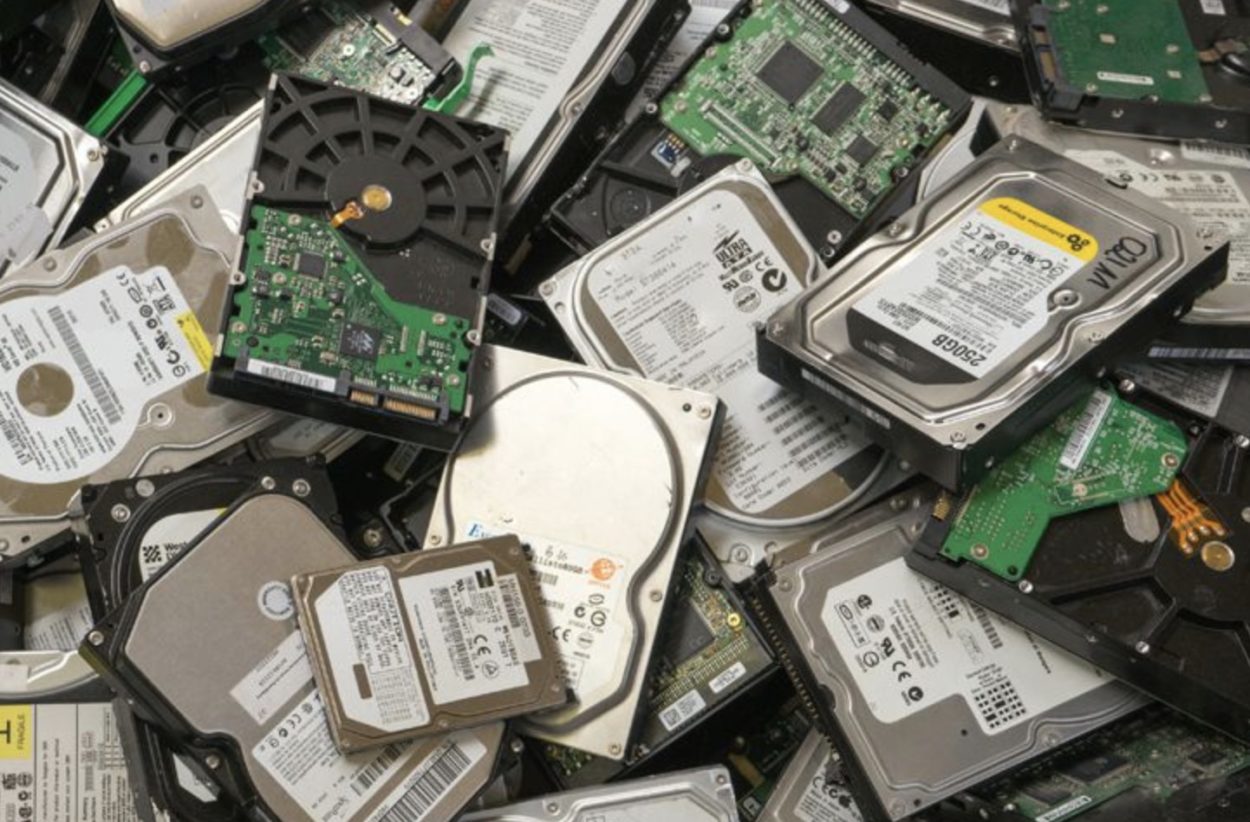In our increasingly digital world, the information we store on our hard drives can be a treasure trove of personal and sensitive data. Whether you’re selling an old computer, disposing of a non-functioning hard drive, or simply want to ensure complete privacy, permanently erasing your data is crucial. While simply deleting files might seem sufficient, it’s often not the case. Deleted files can often be recovered using data recovery software. This article will explore various methods for permanently erasing data from your hard drive, ensuring your information remains secure.
Understanding Data Erasure
Before diving into specific techniques, it’s important to understand How to permanently erase data from a hard drive. Most hard drives use magnetic storage, where data is represented by magnetized regions on the platter. Deleting a file simply removes the directory entry that points to the data’s location. The actual data remains on the drive until it’s overwritten with new information.
This is where data erasure comes in. By overwriting the existing data with random patterns or specific algorithms, it becomes extremely difficult, if not impossible, to recover the original information.
Methods for Permanent Data Erasure
There are several methods for permanently erasing data from a hard drive, each with its own advantages and considerations.
- Data Wiping Software:
This is the most common and user-friendly method. Data wiping software, also known as disk wipe software or hard drive eraser software, specifically overwrites data on your hard drive. These programs utilize various overwrite methods, some writing random data once, while others overwrite the data multiple times with different patterns.
Here’s what to consider when using data wiping software:
- Free vs Paid Options: Several free data wiping tools are available, but paid versions might offer additional features like multiple overwrite methods, certification compliance for specific data security standards, and bootable versions that can be used on non-functioning operating systems.
- Overwrite Method: Choose a program that offers a strong overwrite method. Common options include single-pass random data, DoD 5220.22-M (used by the US Department of Defense), and Gutmann method (performs 35 overwrite passes).
- Ease of Use: Most data wiping software is user-friendly with a clear interface. Ensure you select the correct drive before initiating the wipe process, as data recovery after overwriting is virtually impossible.
- Reformatting with Data Wiping:
While formatting a drive erases data, it’s not a secure method. However, some operating systems offer a data wiping option during the formatting process. For instance, in Windows 10, you can choose to “Clean the drive” during a full format, which performs a single-pass overwrite with zeroes.
- Degaussing:
This method uses a powerful magnetic field to disrupt the magnetic domains on the hard drive, essentially scrambling the data. Degaussing is a highly effective method, but it requires specialized equipment. Degaussers can be expensive, making this option less practical for home users.
- Physical Destruction:
For maximum security, physically destroying the hard drive is an option. This involves shredding, crushing, or drilling holes into the drive platters. While undeniably effective, physical destruction is irreversible and should only be used after other methods are deemed insufficient.
Choosing the Right Method
The best method for permanently erasing data depends on your specific needs and the level of security required. Here’s a quick guide:
- For everyday use: Data wiping software with a multi-pass overwrite method offers a good balance of security and ease of use.
- For highly sensitive data: Consider using a combination of methods, such as data wiping software followed by physical destruction for maximum security.
- For bulk data erasure: Paid data wiping software might offer features specifically designed for erasing multiple drives.
Additional Considerations
- Solid State Drives (SSDs): While the methods mentioned above work for traditional hard drives (HDDs), data erasure on SSDs can be more complex. SSDs use different storage technologies, and some have built-in secure erase features. Consult your SSD’s manual or manufacturer’s website for specific instructions on secure erasure.
- Data remanence: Even after data erasure, there’s a slight possibility of recovering fragments of data under specific circumstances. This is known as data remanence. The risk of data remanence is very low for most users, but it’s a factor to consider if dealing with highly classified information.
Conclusion
Permanently erasing data from a hard drive is essential for protecting your privacy and security. By understanding the different methods available and choosing the right one for your needs.




